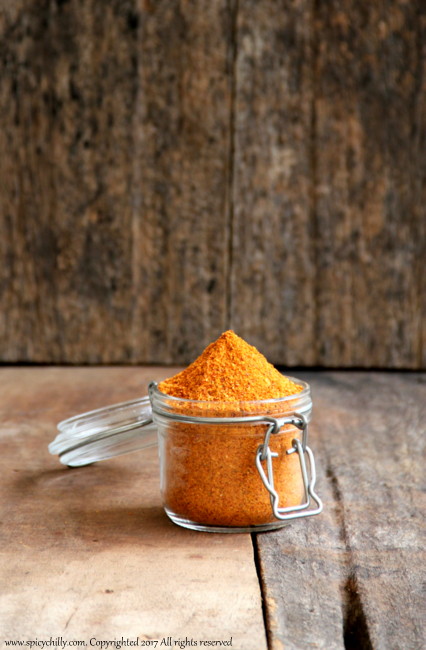
There would be no home in South India that has not prepared this spice powder as an accompaniment to the breakfast mains; idly or dosa. Each South Indian state has its own version. Chammanthi podi of Kerala has an addition of roasted coconut and curry leaves, while in Karnataka and Andhra, addition of roasted peanuts and more of chillies make it unique. In Tamil Nadu, roasted chick peas, sesame seeds add to the taste of Idly Milagai Podi.
The one I am posting now, is my mom's version of podi, we grew up savouring and a real special one. The fact that astonished me is that while each home , around the states has varied versions of the this spice preserve, the Reddiars of Kerala had a standard recipe of this one. In one word, truly addictive, with that perfect balance of chillies, garlic and dal with a touch of coriander!
My sis and me still have this habit of having podi with hot idlies along with sambhar and coconut chutney. My brother, an idly hater who is forced to have them after amma's strict rules would have it with podi, sesame seed oil and lots of sugar :). Strange, but he still loves that way, all mashed up :D
My daughter is an ardent fan of this one, and demands in bulk!
This post is for Maria and Evin, the girls I love :)
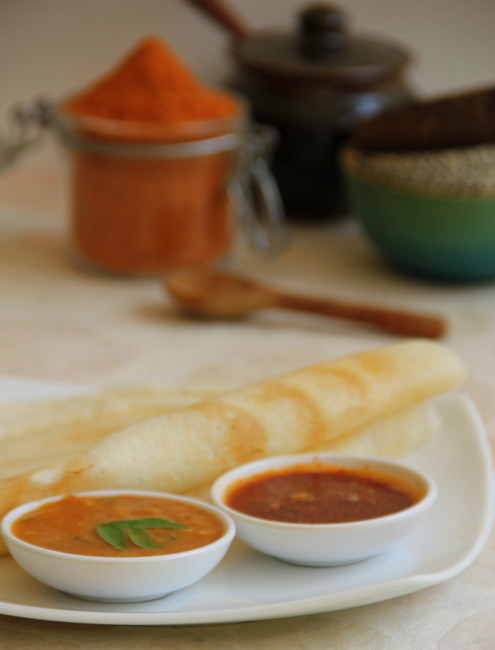
Idly / Dosa Podi
Yield - 1 3/4 cups
Cuisine - South Indian.
Prep time - 10 minutes
Time needed for frying - 20 minutes
Get ready with:
1 cup broken urad dal /uzhutham parippu (sun dried)
3.5 tbsp coriander seeds / kothamalli (sun dried)
50 nos medium sun dried and destalked redchillies / milagai (weighed approx 50 gms)
1/2 tsp Hing
1 tsp table salt
15 nos slender garlic pods (I used nattu poondu or country variety)
3-4 sprigs washed and wiped dry
Few drops of oil- for frying
Method:
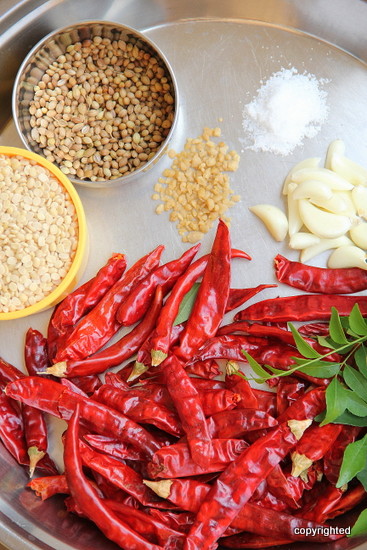
Assemble the ingredients. As mentioned above, I sun dried urad dal, coriander and the red chillies. Esp the chillies until they were light and crisp. The hing, you see near the table salt, is the rock variety for the added flavour. The garlic is country variety which also adds to the final flavour.
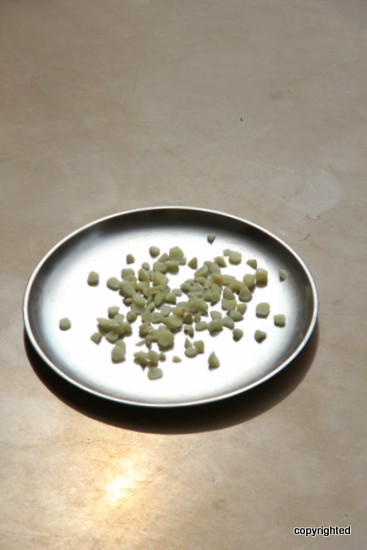
Mince the garlic and let it sundry for a couple of hours. This is to absorb the extra moisture in them. The fresh garlic if used directly would interfere with grinding of dry powder, towards the final stage.
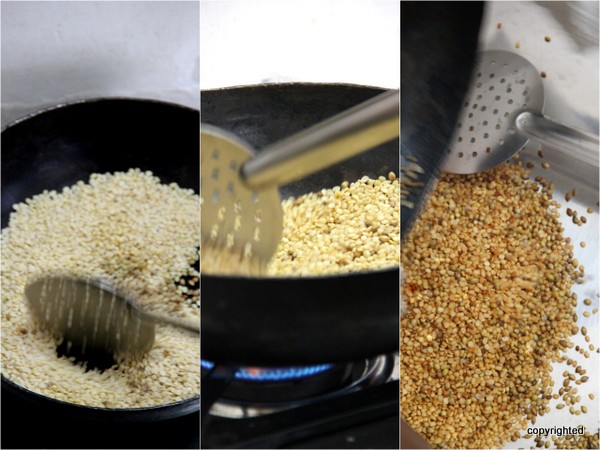
Heat a wide thick bottomed kadai with a few drops of oil. Add urad dal and coriander seeds and fry together in low-medium heat to 5-7 minutes, or until they are golden brown in colour. Transfer to a stainless tray. Always use a heat resistant metal tray as the fried ingredients transferred, tend to be too hot.
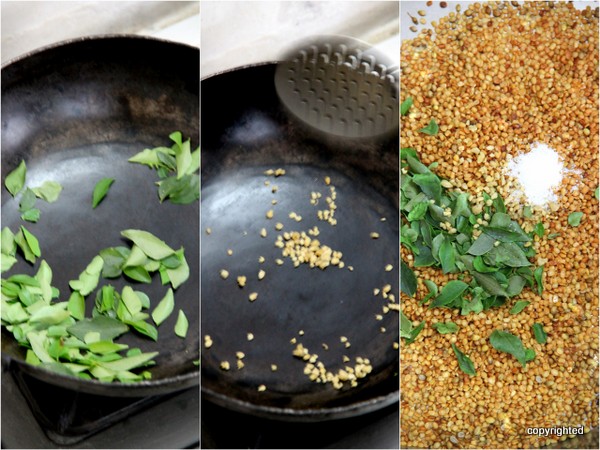
Fry the curry leaves for a few seconds and transfer to the plate. Do not bother to fry them until crispy. The heat of the dal is enough to turn the leaves, crispy.
Fry the hing next, for a few seconds and transfer.
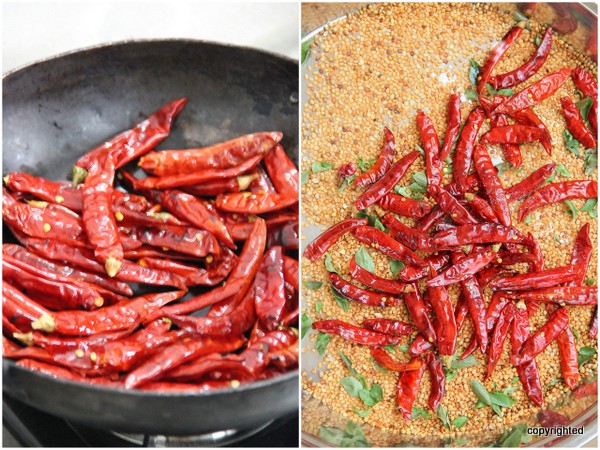
Trickle a few drops of oil and fry the chillies for a few seconds until the aroma emanates, taking utmost care not to burn them.
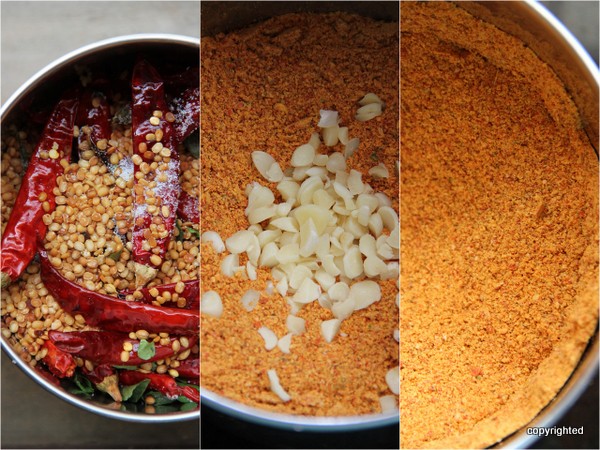
Let it cool to room temperature. Transfer to a mixie and pulse for a few seconds. Do not pulse too fine. Add the sun dried garlic bits, while still coarse and pulse / dry grind again. It's again a personal choice to make it a bit coarse or fine. I prefer my podi, slightly coarser.
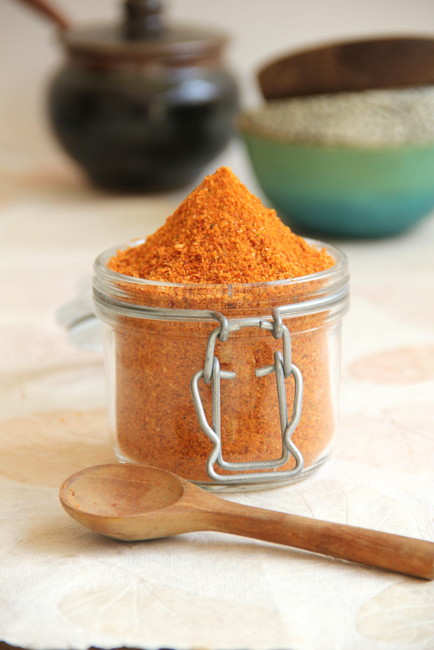
Sun drying the ingredients before frying, enhances the shelf life. We do not want moisture in them so that it grinds fine after frying as well. If you cannot sundry, microwave the dal and coriander for a few seconds, toss and return for some more time. You can do the same with minced garlic too.
My family prefers podi, a bit towards the spicier side. Addition of gingelly oil while serving would bring down the heat and spice levels . If you are still apprehensive, you may cut down the number of chillies to 25-30, for a milder version.
Bring down the numbers to 5-6, if you use larger cloves of garlic.
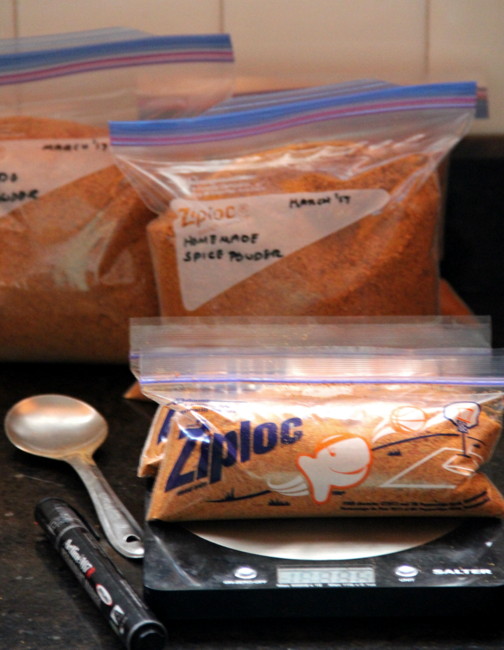
2.5 kgs of fresh podi for my daughter, packed right away all set to go to the US.













